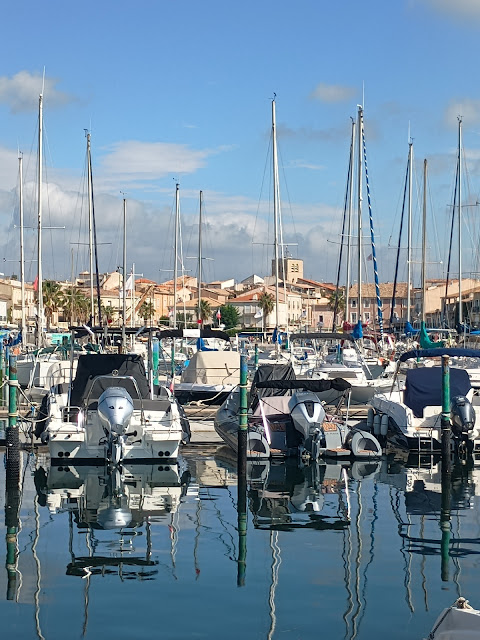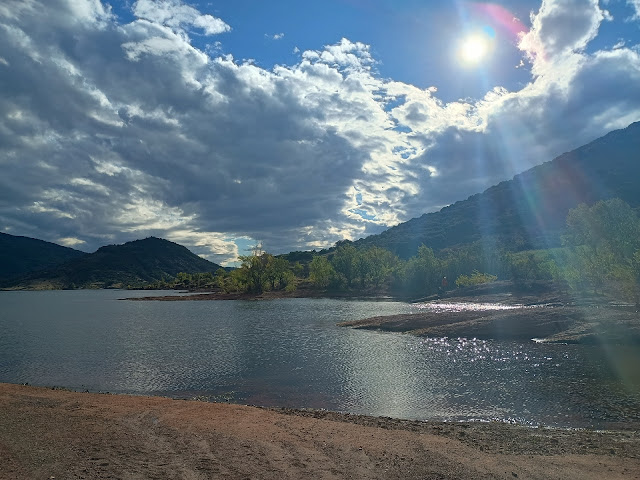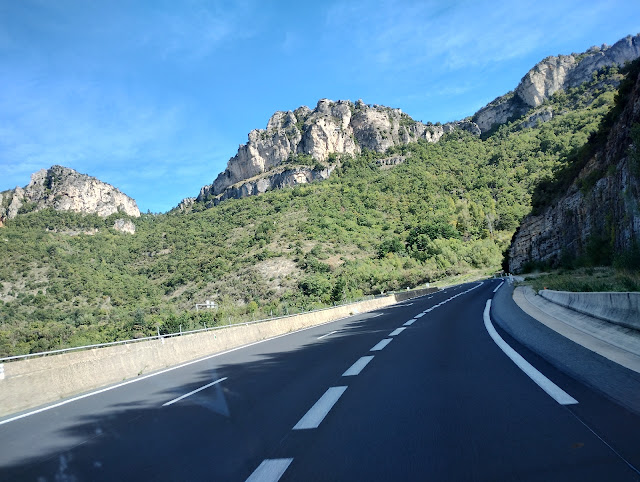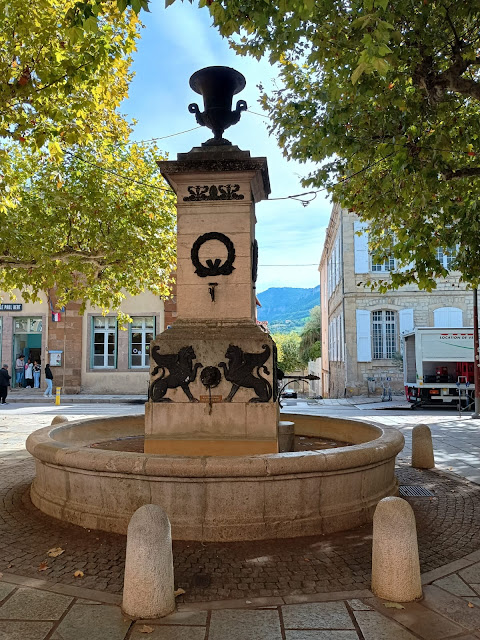As 2024 drains away down time's sludgy plughole the moment looms when it becomes impossible to resist the urge to reflect on the past 12 month's travels. Looking at the stats its been a year of second places. In terms of time, 168 days travelled comes up a little short of the 175 days we clocked-up in 2016. Similarly, we drove 10,157 miles, a substantial distance, but not quite as far as 2022's total of 11,681.
However, we visited eleven different countries, the most in we've managed in a single year. Before I become too self congratulatory about this, I have to admit they are all places we've been to before, hardly in keeping with the mission we set ourselves at the outset - 'to visit new places'. Nevertheless, although we didn't manage to visit any new countries there is always somewhere different to explore even in familiar territory.
On our winter trip to Iberia we focused on revisiting familiar places in Spain. However, in Portugal we discovered an excellent inland campsite in the Alentejo which is open all year - most aren't. Markadia is located on a promontory surrounded on three sides by the Albufeira da Barragem de Odivelas. We'd headed there as it looked like an ideal spot for me to finally conquer standing up on my stand up paddle board. It looked to be in the middle of nowhere, we had no particular expectations about the place.
However it was far lovelier than we we expected. Idyllic in an quietly understated way. A simple campsite lost in nature frequented by people who just liked to stop and stare, A park-where-you -want kind of place where the only rule was you had to be at least 10 metres from your neighbour - designed for introverts - right up my street!
The only disappointment was my failure to stand up on my SUP!
We spent June on the west coast of France. Again familiar territory, pleasant enough but hardly spectacular. We are familiar with much of France, though some bits are lovely, most of it is quite tedious and becoming increasingly so. Like many first world countries France seems ever more commodified, its retail sprawl the most dismal we have come across outside of the USA.
Still, we enjoyed days we spent on the north shore of the Gironde around Blayes and Talmont.
The Ile de Re was crowded, a classic example of over-tourism Of course our photos tell a different story, snapping the only empty beach on the island complete with a characterful cloud. Maybe Noirmoutier would have been a better choice we pondered.
However, the few days we spent at Raguenez Plage then Brignogan Plages on Brittany's north coast, were delightful. Spring flowers and serious geology equals a happy Gill!
Our autumn trip was shorter than usual because we had booked six week a long haul trip to the far east and New Zealand from November to mid December. Our plan for September was simple, some time in the Italian lakes, then down to Trasimeno and home via the Cinque Terre. Things did not go to plan, after a lovely few days camped on the shores of Lago Idro the weather took a turn for the worse. Cold and rainy to begin with, then the forecast worsened predicting damaging storms.
We headed to the south of France, a good move as the north of Italy suffered devastating floods just days after we departed. However, in Provence we encountered another problem. The place was packed, it became a real challenge to find campsites and aires that weren't 'complet'.
So we moved on to the Costa Brava - it was less frenetic but unseasonably cold and showery. Again we only photographed the sunny intervals, it's true the camera never lies but very few photographers seek the truth - what they want is a memorable shot.
So overall maybe it was not our most successful trip, but it had its moments.
Happily the forty days in November and December we spent in Japan, New Zealand and Singapore more than compensated. Seven flights, 21 different hotels and motels, a 1400 mile road trip around New Zealand's North Island, lots of opportunities for glitches, cock-ups, delays and cancellations. Happily the trip went to plan and the only glitches were minor ones - Gill inadvertently left a brand new linen shirt at one of the hotels; towards the end of the trip I overlooked our mini-cool-bag , gifting room service an inadvertent tip of four cans of Good George IPA and half a dozen bars of delicious Whittakers chocolate. So really a remarkably trouble free trip!
Not that the highlights of our Far East tour appear here. This blog is about motorhome travel, not long-haul. Maybe at some point I will upload a few of the 2500 pictures we took with a few comments to 'Mohofreedays'. My other 'blogspot' is more of a travel memoir than an active blog, somewhere that we keep record our occasional long-haul trips.
.

























































